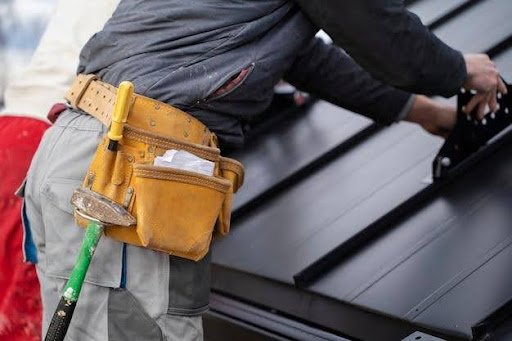Breathe New Life into Your Home’s Exterior: A Guide to Successful Siding Replacement

Your home’s exterior siding is its first line of defense against the elements. Over time, even the most durable siding materials can succumb to wear and tear, compromising both aesthetics and functionality.
Faded paint, warped boards, or visible cracks can significantly detract from your home’s curb appeal and potentially lead to underlying moisture problems. Replacing your siding can be a transformative project, not only restoring your home’s beauty but also increasing its value and energy efficiency.
This guide explores key considerations to ensure your siding replacement project is a success, from choosing the right materials to achieving a stunning and long-lasting result.
Evaluating Your Existing Siding and Setting Priorities
Before diving headfirst into a siding replacement project, take time to assess the condition of your existing exterior. Identify any areas with visible damage like cracks, warping, or signs of rot.
Consider the overall aesthetic of your siding. Does the color appear faded or outdated? Is the style no longer complementary to your home’s architecture? Once you have a clear understanding of the condition and your desired outcome, prioritize your replacement needs. Focus on addressing any areas with significant damage first, and then consider the overall aesthetic upgrade you wish to achieve.
Choosing the Right Material
The material you select for your new siding significantly impacts the project’s cost, aesthetics, and long-term maintenance requirements. Vinyl siding offers a balance of affordability, durability, and low maintenance.
Modern vinyl siding comes in a wide variety of styles and colors, allowing you to achieve the desired aesthetic for your home.
For a more traditional look, consider materials like fiber cement or wood. These materials offer superior durability but typically require more maintenance than vinyl siding.
Addressing Underlying Moisture Issues
Moisture trapped behind your siding can lead to significant problems like mold growth and structural damage. If you suspect moisture issues, it’s crucial to address them before installing new siding.
Visible signs of water damage like peeling paint or warped boards can be indicators of a deeper problem. Consider consulting with mold testing services. These professionals can assess your home for mold growth and recommend the most appropriate remediation solutions.
Addressing any underlying moisture concerns before installing new siding ensures a long-lasting and successful renovation project.
Installation Expertise and Long-Term Warranties
While replacing siding might seem like a straightforward project, proper installation is crucial for optimal performance and longevity. Hiring experienced siding contractors ensures the job is done correctly according to building codes and manufacturer specifications.
Reputable contractors offer warranties on both materials and labor, providing peace of mind for years to come.
Enhancing Curb Appeal
With your new siding installed, it’s time to focus on the finishing touches. A fresh coat of paint on your trim, doors, and shutters can further enhance the overall aesthetic of your home’s exterior. Consider adding decorative elements like updated house numbers or a new mailbox to complete the transformation.
Don’t forget about your landscaping! Refreshing your landscaping with colorful flowers and well-maintained greenery creates a welcoming entrance and complements your home’s new exterior.

